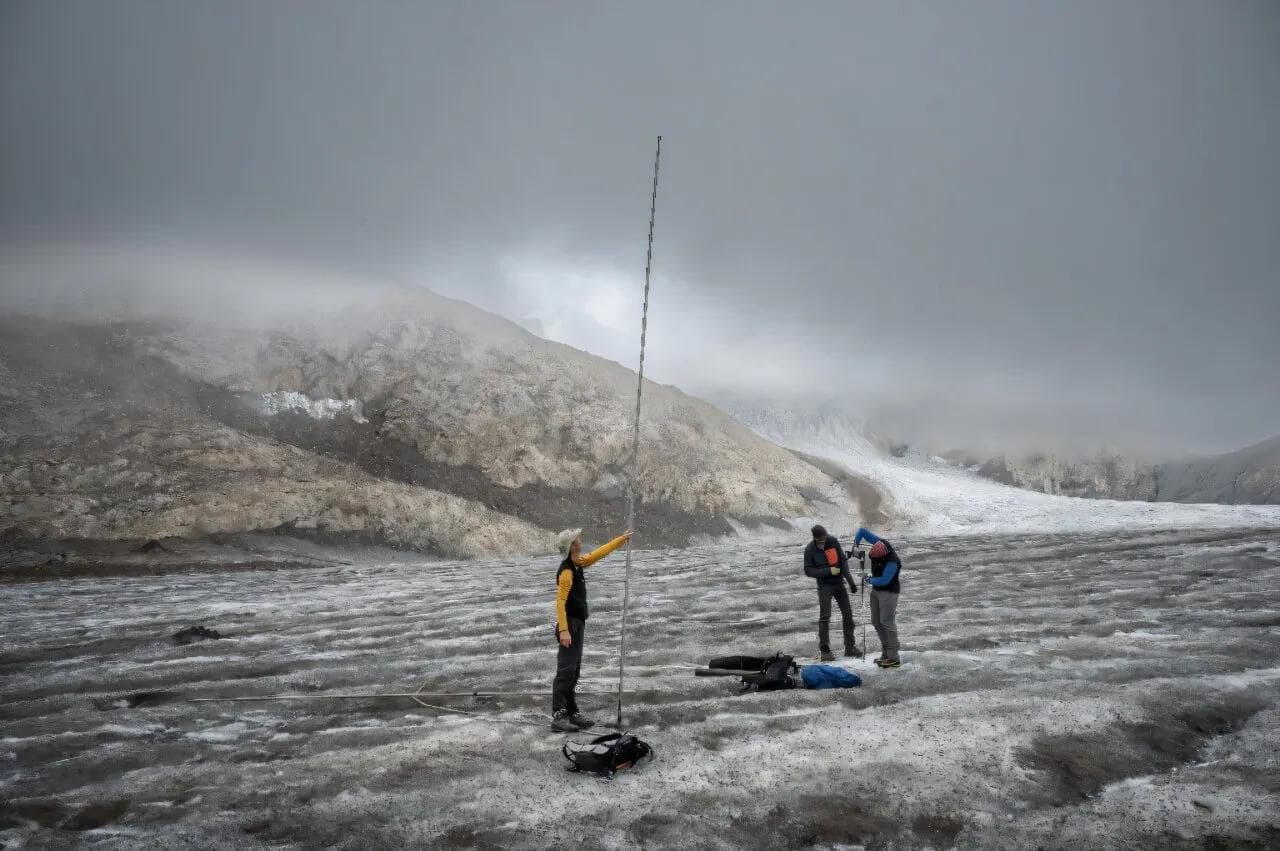
Swiss Glaciers Reach Annual Melt Point Weeks Early in 2025
Published Date:
Categories
Swiss Glaciers Face Early Melt in 2025
Swiss glaciers have reached their annual tipping point for mass loss, known as glacier loss day, on July 4th, 2025. This date is several weeks earlier than the historical average, indicating a concerning trend of accelerated melting. The Glacier Monitoring in Switzerland (GLAMOS) service reported that all snow and ice accumulated during the previous winter has already melted away. Any further melting until October will result in a reduction of glacier size in the Swiss Alps.

This early arrival of glacier loss day is a significant concern for Switzerland's 1,400 glaciers, which have been shrinking at an alarming rate. In the past two decades, the average date for this tipping point was mid-August. The shift to early July suggests a dramatic extension of the mass loss season. Low snowfall levels last winter and the second warmest June on record have contributed to this year's early melt.
The volume of Swiss glaciers has decreased by 38% between 2000 and 2025, highlighting the rapid pace of glacial retreat. Once the reflective winter snow cover is gone, the darker ice beneath absorbs more solar radiation, creating a feedback loop that accelerates melting. This process threatens the long-term stability of these ice formations and the water resources they provide.
The early melt of Swiss glaciers has implications beyond the immediate alpine environment. These glaciers are crucial sources for major European rivers like the Rhine and the Rhone. Their accelerated retreat could impact water security for millions of people downstream who rely on glacial meltwater for fresh water supplies.
While ski resorts in Switzerland are not directly affected by summer glacier melt, the long-term changes in glacial ice could alter the landscape and potentially impact future winter sports activities. Ski resorts at higher elevations, particularly those with glacier ski areas, may need to adapt their operations in response to these ongoing changes in the alpine environment.




